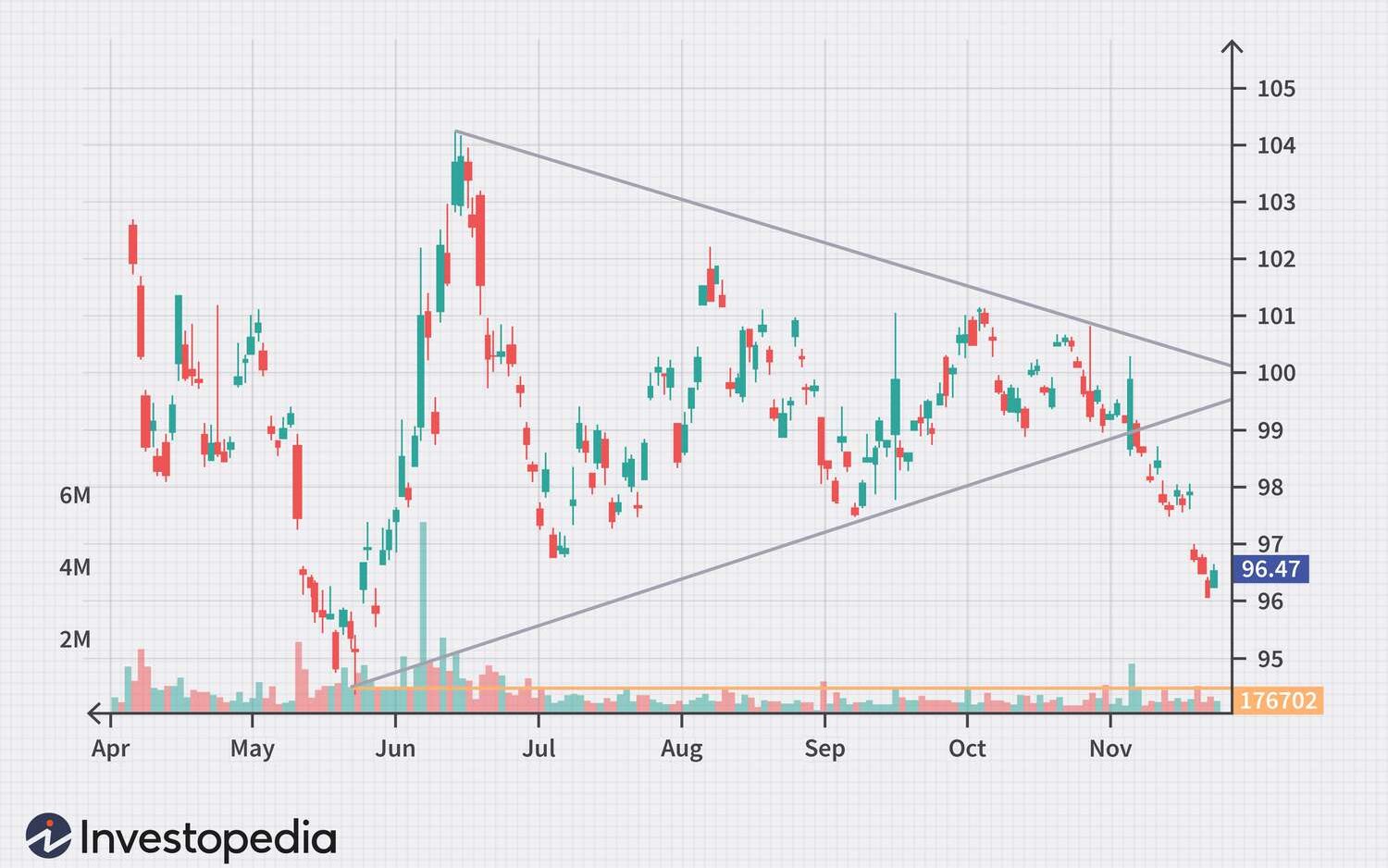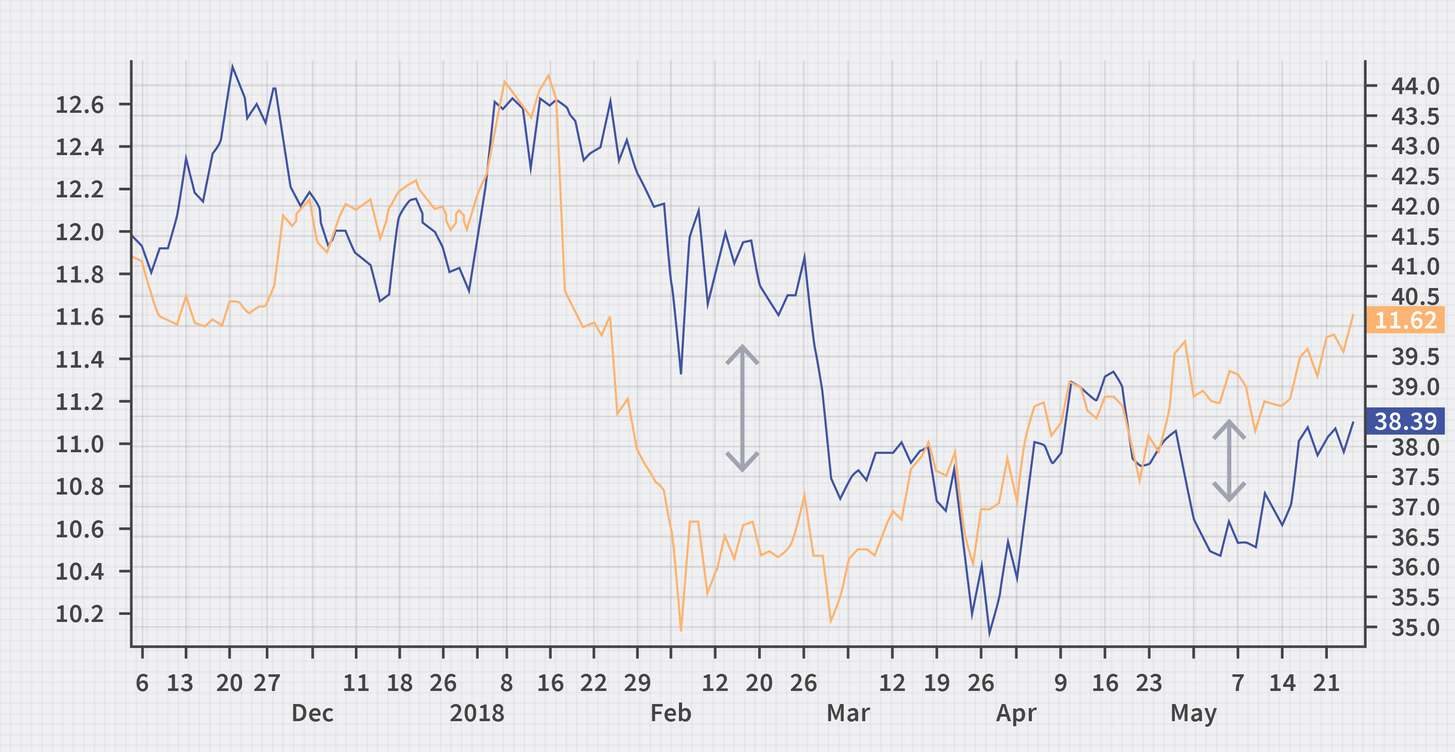What is Equity Capital Market (ECM)?
The equity capital market (ECM) is a vital component of the financial world, where companies and investors come together to facilitate the raising and trading of equity capital. But what exactly does this mean, and why is it so important?
In simple terms, the ECM is the marketplace where companies seek to raise funds by issuing shares, and investors buy and sell these shares. This market can be divided into two main segments: the primary market and the secondary market.
The Primary Equity Market
The primary market is where companies go to raise new equity capital. This can happen in several ways:
- Private Placements: Companies sell shares directly to a select group of investors, usually institutional investors, rather than the general public. This method can be faster and less costly than a public offering.
- Initial Public Offerings (IPOs): When a company decides to go public, it issues shares for the first time to the general public. This process not only raises capital but also provides liquidity for early investors and sets a market value for the company.
- Warrants: Companies might also issue warrants, which give investors the right to purchase shares at a specific price in the future. This can be an attractive option for investors who believe the company’s stock will rise in value.
The Secondary Equity Market
Once shares are issued in the primary market, they can be bought and sold in the secondary market. This market includes:
- Stock Exchanges: The most common form of the secondary market, where existing shares of publicly traded companies are bought and sold. Examples include the New York Stock Exchange (NYSE) and the NASDAQ.
- Futures and Options: These are financial instruments that derive their value from the price of underlying assets, such as stocks. Futures and options allow investors to speculate on future price movements or hedge their investments.
- Other Listed Securities: This includes various types of securities that are traded on exchanges, providing investors with additional avenues for investment and risk management.
Why the Equity Capital Market Matters
The equity capital market plays a crucial role in the economy by providing companies with the necessary funds to grow and expand. It also offers investors opportunities to invest in a diverse range of companies, potentially earning returns on their investments.
Advantages and Disadvantages of Raising Capital in Equity Markets
Raising capital through equity markets can be a strategic move for companies looking to fuel their growth. Let’s explore the benefits and drawbacks of this approach.
Advantages of Raising Capital in Equity Markets
- Lower Debt to Equity Ratio
By opting for equity markets, companies can maintain a lower debt-to-equity ratio. This means they avoid the burden of expensive interest rates associated with debt markets. Instead of accumulating debt, businesses can use equity financing to support their future growth. - Flexibility and Variety
Equity markets offer a wide range of financing options compared to debt markets. This flexibility allows companies to choose the most suitable method for their growth plans. Whether it’s through public offerings or private placements, equity markets provide diverse pathways for raising capital. - Experienced Oversight
In some cases, especially through private placements, equity markets bring in experienced investors who can offer valuable oversight and guidance. Entrepreneurs and company founders benefit from the expertise and counsel of seasoned colleagues, which can be instrumental in expanding their business to new markets and products.
Disadvantages of Raising Capital in Equity Markets
- Cost and Time-Consuming Process
The journey to a public offering can be both expensive and time-consuming. Numerous stakeholders are involved, leading to increased costs and extended timelines. Preparing for an initial public offering (IPO) requires meticulous planning, compliance with regulatory requirements, and coordination with various financial advisors and legal experts. - Constant Scrutiny
Once a company goes public, it is subject to constant scrutiny from investors and analysts. While equity market investors might be more tolerant of risk compared to their debt market counterparts, they are equally focused on returns. If a company consistently underperforms and delivers negative returns, impatient investors may lose confidence, resulting in a sharp decline in its valuation.
Equity Capital FAQs
What Is Equity Capital and Debt Capital?
Companies raise capital to finance their operations and growth. Equity funding involves exchanging shares of a company’s ownership for capital, while debt funding relies on borrowing, where lenders are repaid with principal and interest but do not receive any ownership claim. Equity capital is generally more expensive and offers fewer tax benefits than debt capital, but it provides greater operational freedom and less liability if the business fails.
How Is Equity Capital Calculated?
The equity of a company, or shareholders’ equity, is the net difference between a company’s total assets and its total liabilities. For publicly-traded companies, the value of market capitalization is calculated by multiplying the share price by the number of shares outstanding.
What Are the Types of Equity Capital?
Equity can be categorized in various ways. Private equity is different from publicly-traded shares, with the former placed via primary markets and the latter on secondary markets. Common stock is the most common form of equity, but companies may also issue different share classes, including preferred stock.
What Is the Difference Between Capital and Equity?
Capital refers to any resource, including cash, that a company uses for productive purposes. Equity is one form of capital, representing the ownership stake in the company.
For more informational content, Click Here
REFERENCE
- Investopedia.com
- MoneyControl.com
Disclaimer:
The information provided here is for general informational purposes only and should not be construed as professional advice. The user acknowledges and agrees that any actions taken based on the information provided are at their own risk. We do not assume any responsibility or liability for any potential problems, losses, or damages incurred as a result of the use of information provided on this platform. Users are encouraged to seek professional advice and conduct their own due diligence before making any decisions based on the information provided. We disclaim all responsibility and liability for any actions taken or not taken based on any content on this platform.






